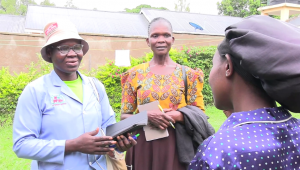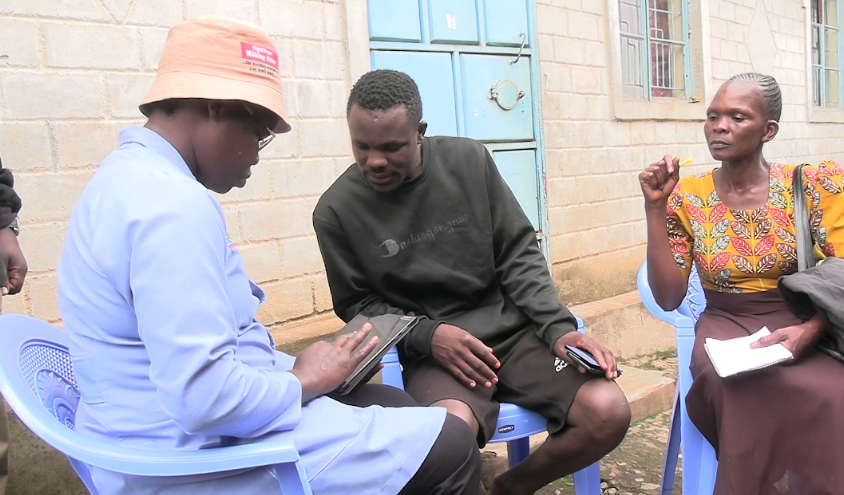Residents of Migori County have been urged to embrace the ongoing Kenya Livestock Master Plan (KLMP) listing exercise to help the county and the national government plan effectively.
Speaking in Suna East Sub County during the inspection of the ongoing exercise across the county, Migori County Director of Livestock Charles Nyaanga emphasised the importance of the exercise, stating that once completed, it will enable the government to allocate resources more effectively and enhance livestock farming across the country.

Nyaanga said that accurate data is the key to the county’s ability to plan and source for investors to improve livestock production in the country.
Eighty per cent of the Migori population derives its livelihood from agricultural activities, including livestock, which is an important aspect of the Kenya Livestock Master Plan process (KLMP).
The national government initiated the KLMP in 2021 to enhance sustainable development and investment in the livestock sector with the aim of identifying investment options in livestock value chains through evidence-based sector analysis with priorities in dairy, beef, camel, sheep, goat, pig, poultry, donkey, apiculture, rabbit, and other emerging livestock.
Nyaanga, however, explained that the process has been slowed down by factors like the heavy downpour being experienced in the county as well as the reluctance of some livestock farmers from the misconception that the government wants to use their information to impose taxes.
“Residents’ concerns about potential taxation have led to a reluctance to participate, creating a significant hurdle for the initiative’s success,” noted Nyaanga.
Milicent Wasonga, a listing officer, noted that the vastness of some areas and resistance from some community members have also posed significant challenges to the completion of the livestock listing exercise.
According to the official, that county was working on 33 enumeration areas targeting 620 households, with close to 65 per cent of households having been registered.
According to the 2019 Kenya Population and House Census by the Kenya National Bureau of Statistics (KNBS) Migori County had 169,958 exotic cattle dairy while cattle for beef accounted for 21,062.
By Geoffrey Makokha





